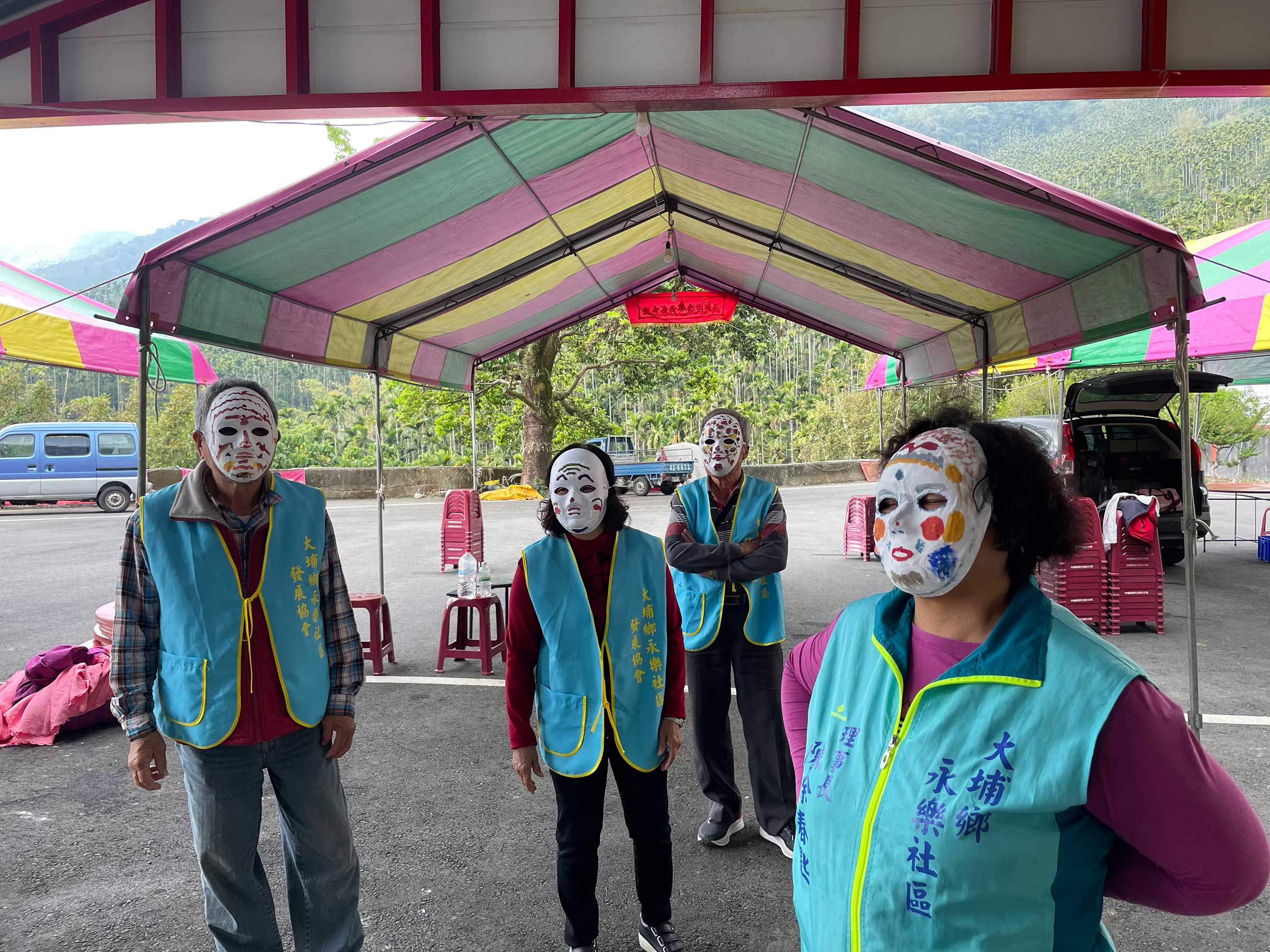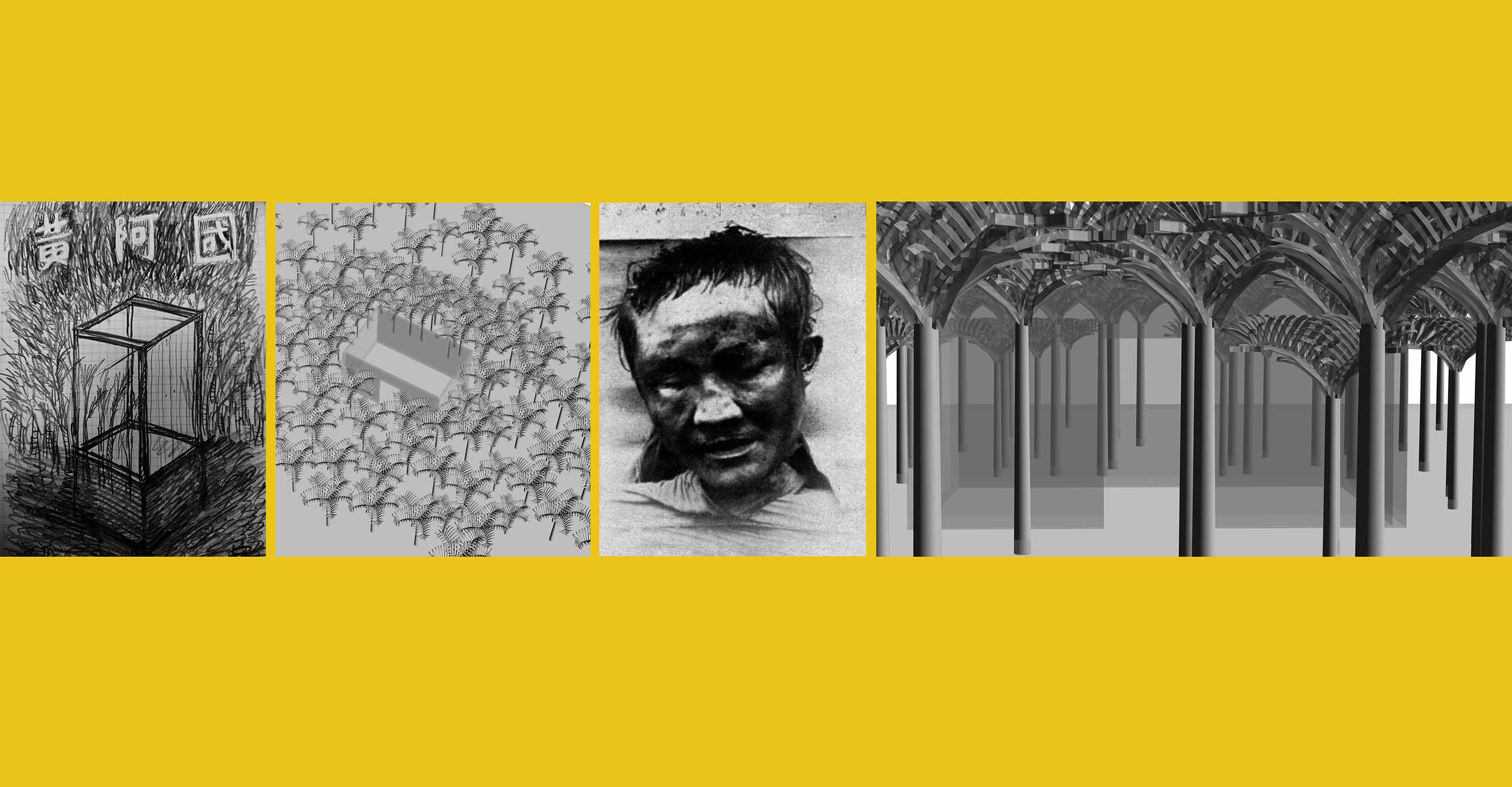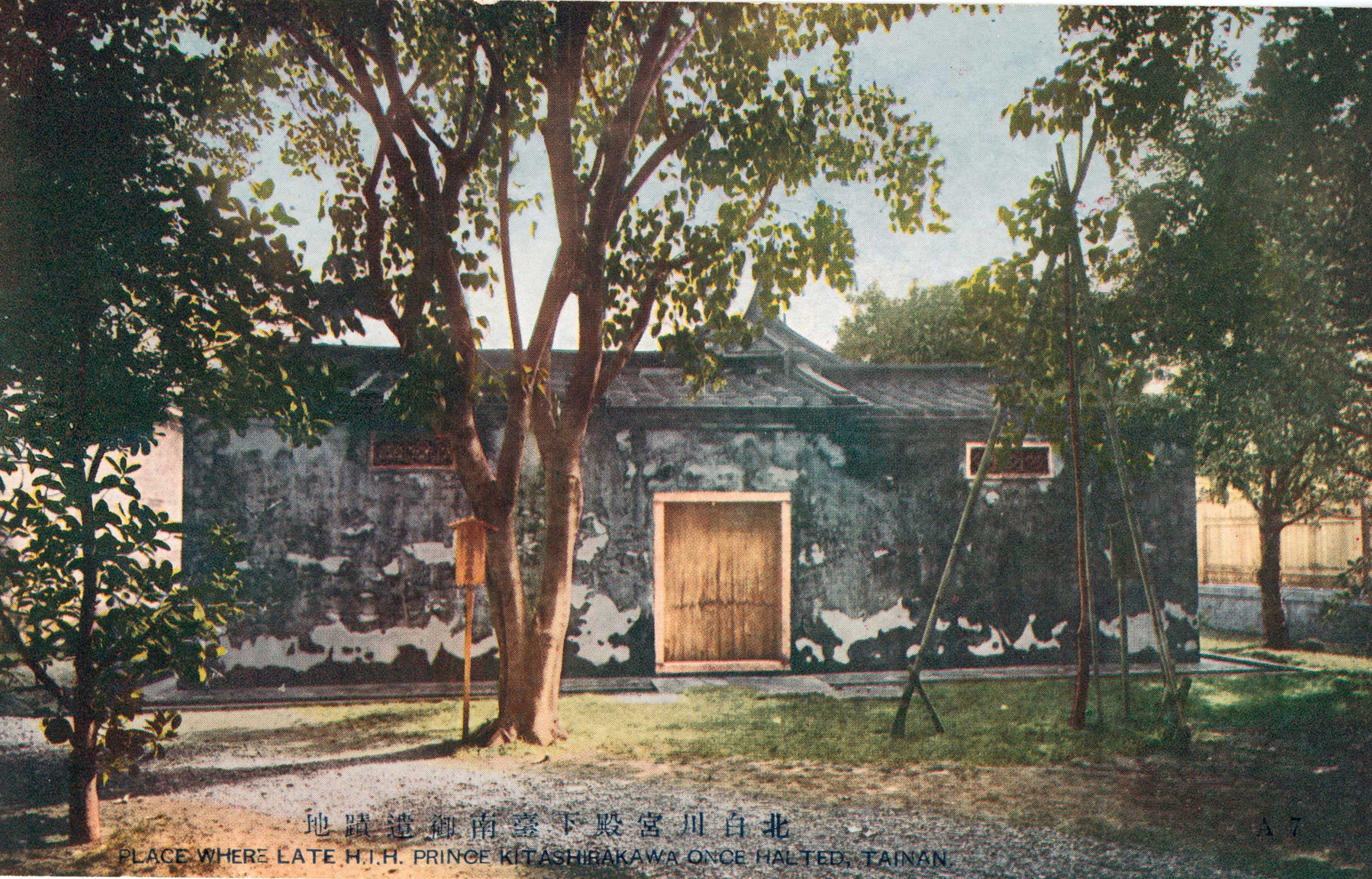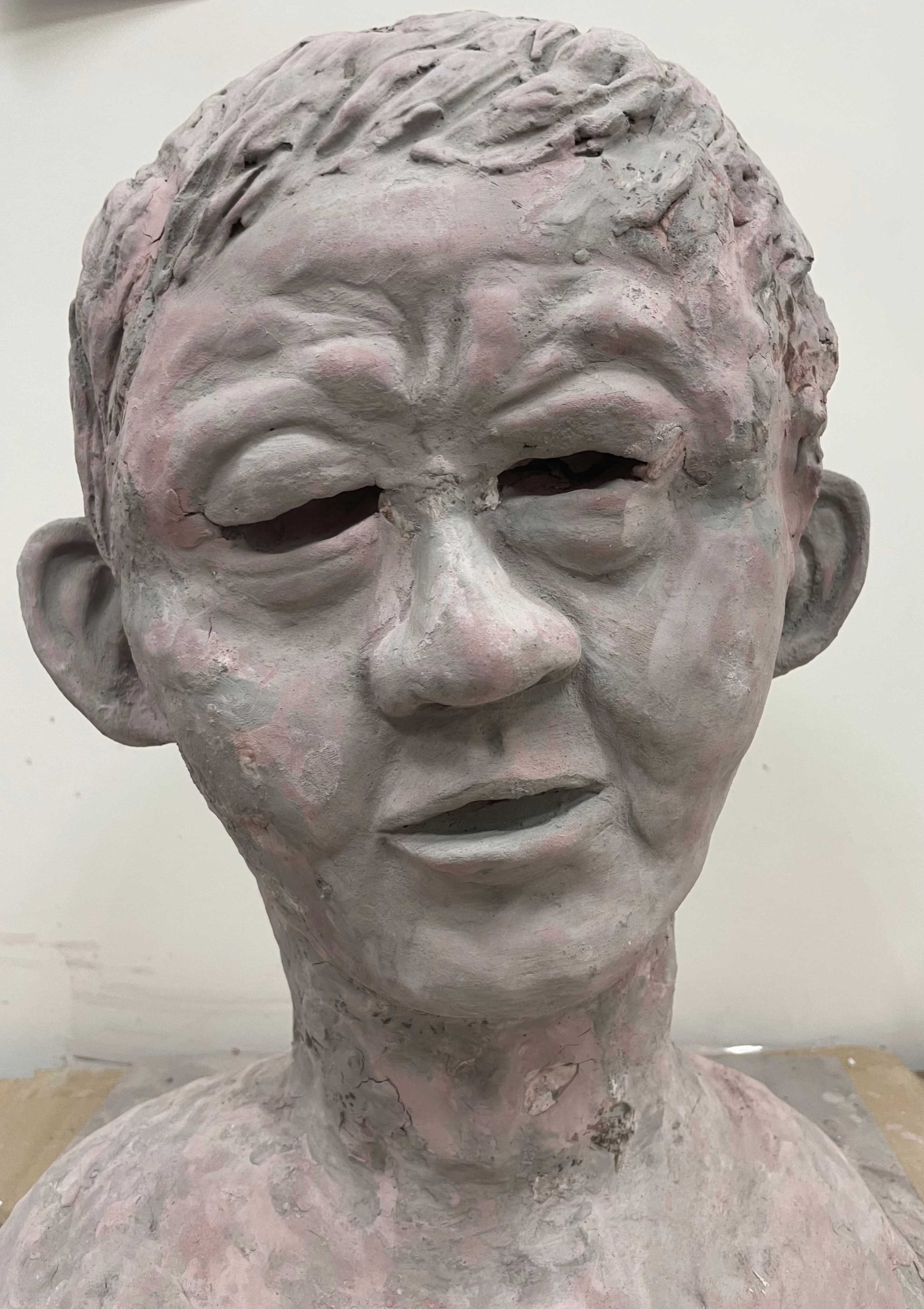Voyage to Discovery
Voice the Terroir
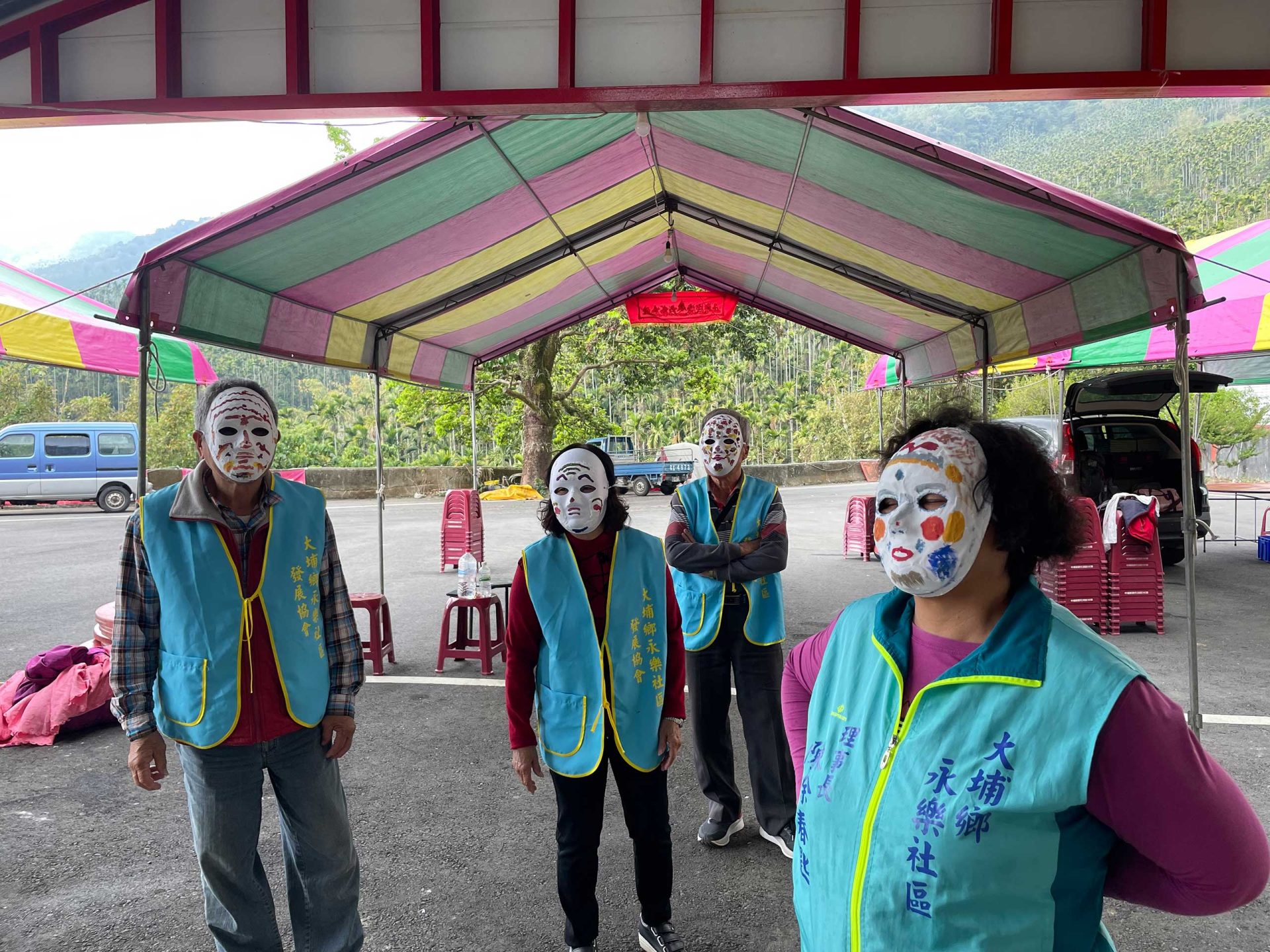
In 1974, the “Revolutionary Martyrs Exhibition” displayed a Restored Image of Huang Guozhen’s Skull, interpreting Huang Guozhen (locally known as “Huang A-Guo”), a so-called “bandit” in the upper reaches of the Bazhang and Zengwen Rivers during the early Japanese colonial period, as a revolutionary martyr. This contrasted with the current mountain residents’ memories of him as a man who committed all sorts of evils, forming a paradox. This work takes this paradox as a starting point, naming the investigation into Huang Guozhen’s life as the Yellow Event. It traverses past and present landscapes, engaging in open shooting, experimentation, and dialogue. In terms of the film, it connects the element of betel nuts, in a region once labeled as the “skin disease of the Empire” by the Government-General of Taiwan during the Japanese colonial period due to its active “banditry”. This same region was once the densest betel nut producing area in Taiwan. Betel Nut Mountain is seen as another kind of “skin disease” of the land, coexisting ambiguously with a temple that enshrines the former “bandit”. Regarding the exhibition location, in 1899, Tainan County Magistrate Isogai Seizo and the commander of the Mixed Third Brigade, Takai Noriyoshi, proposed to the Government-General of Taiwan a project to preserve the ruins of Prince Kitashirakawa Yoshihisa. This site was later transformed into the Tainan Shrine and is now a park located behind the Tainan Art Museum, the outdoor setting for this artwork. Isogai Seizo and Takai Noriyoshi were also key figures in suppressing Huang Guozhen and the ‘bandits’ in the mountains.
KAO Jun-honn
Currently teaches at the Graduate Institute of Transdisciplinary Art, National Kaohsiung Normal University. Main research topics include art and society, contemporary indigenous peoples, and inter-Asian art thought; main artistic practices include video, project-based art, bodily actions, spatial installations, and writing.
Dimensions variable
Mixed media
2024
